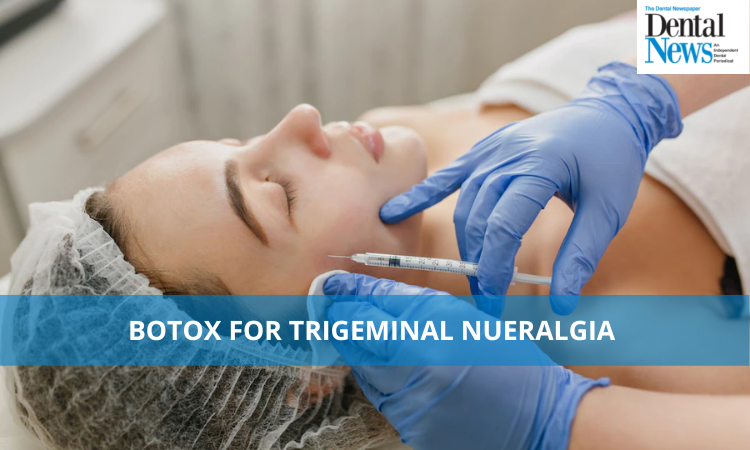
Botox has been used in the aesthetics industry for years. Its ability to reduce fine lines and wrinkles has made it one of the most common modalities for anti-ageing treatments. While botox contains seven neurotoxins, Type A and B are commonly used toxins in the clinical setting. Now research has shown the therapeutic effects of botox on patients making it a novel treatment for patients with Trigeminal Neuralgia.
What is Trigeminal Neuralgia?
Trigeminal Neuralgia (TN) is characterised by sharp shooting and jabbing pain that occurs in the trigeminal nerve divisions, including the ophthalmic (V1), maxillary (V2), and mandibular (V3) nerves. The patient can experience pain due to the touch over the face or teeth.
The diagnosis of TN is based on clinical symptoms since no diagnostic tests are available. The cause of the pain is thought to be the compression of the trigeminal nerve, which usually starts at the nerve origin.
Treatment options available for Trigeminal Neuralgia
There are multiple medical and surgical options available for Trigeminal Neuralgia. Medical options include carbamazepine and oxcarbazepine are first-line therapy options. At the same time, lamotrigine and baclofen are second-line alternatives. If the patients are unresponsive to medicinal treatments, surgical therapies for such patients can be considered.
Microvascular decompression, percutaneous radiofrequency rhizotomy, Gamma Knife stereotactic radiosurgery, and percutaneous radiofrequency thermocoagulation are some of the surgical possibilities.
However, medical and surgical treatment options pose a significant risk and can often result in fatal consequences with the latter. Hence, botulinum toxin is now considered a primary alternative treatment resource for patients with Trigeminal Neuralgia.
Botox for Trigeminal Neuralgia
Multiple studies have suggested the role of botulinum toxin as an effective treatment option for patients with Trigeminal Neuralgia. Multiple studies conducted over the course of ten years concluded that treatment with botulinum toxin has significant benefits within six weeks to three months after the treatments.
According to research, botulinum toxin resulted in more than 50 per cent reduction in pain in 68% of the patients. Another study suggested the role of botulinum toxin and reported that the fifteen subjects of the study reported an improvement in the pain frequency and intensity which lasted up to six months.
Another study reported a reduction in pain in patients with Trigeminal Neuralgia which lasted for about two months.
In one double-blind, randomised controlled trial, the response rate with botulinum toxin in Trigeminal Neuralgia was seen in 70 to 100 per cent of patients, and the attack frequency was reduced by 60 to 100 per cent at the four-week interval in the study.
Despite data available, the efficacy of botulinum toxin and its clinical application for the condition are still being questioned. The clinical trials conducted so far have had a small sample size, further limiting the usefulness of conclusions drawn in the favour. Meanwhile, the data regarding the optimal dosage, route of administration, onset of action and depth of injection is also limited.
The evidence of botulinum toxin in patients with neuromuscular disorders is also limited. It is also reported that botulinum toxin tends to cause hypersensitive reactions after its administration.
While botulinum toxin has proved to be efficacious in treating Trigeminal Neuralgia, certain limitations still require well-designed randomised controlled trials with a large patient sample to fully establish its safety, efficacy, and other parameters, including dosing, route, the onset of action, and effective period.

Dr Rida Qamar
The author is contributing writer at Dental News Pakistan and can be reached at Ridaqamar100@gmail.com

